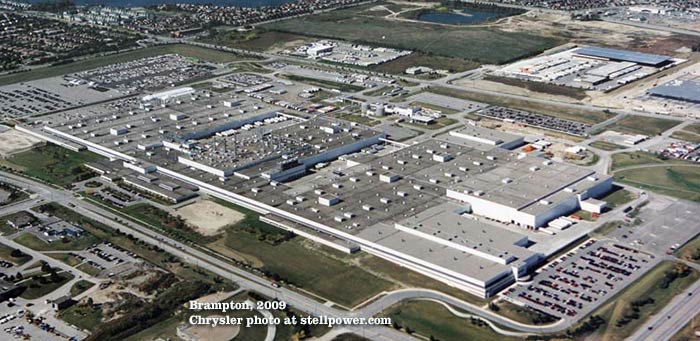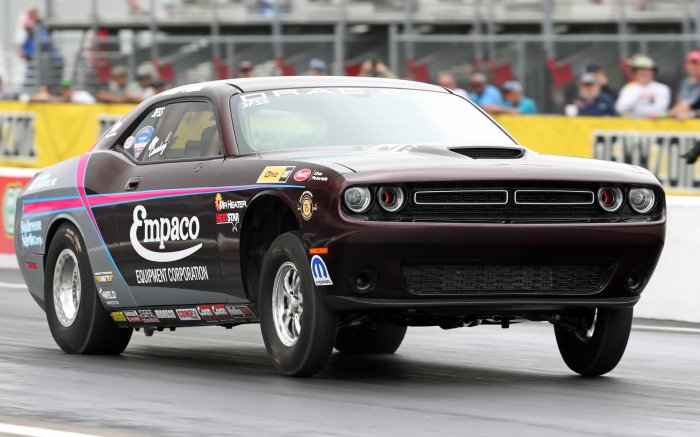When AMC built its state-of-the-art plant in Brampton, they named it Bramalea to avoid confusion with their existing factory in the area. Time went on, Brampton closed, and Bramalea was renamed to Brampton; it started making large cars for Chrysler, Dodge, and Eagle in the early 1990s, and never looked back (except to change some Eagles to Chryslers).
The future of the plant has been called into question from time to time by pundits and social media commentators, partly because of how long the current cars have been produced without a major redesign—other than increasing engine ratings on top models from 485 to 797 horsepower and upgrading the electronics on a regular basis.

Recently, this speculation took off as Stellantis CEO Carlos Tavares told members of the press that the company was looking at, possibly, putting one battery plant in Canada along with one in the United States; neither plant’s location has been finalized. One forecaster at AutoForecast Solutions, Sam Fiorani, noted that the Brampton plant could be changed to make batteries. He said their forecasts do not have any new product in Brampton after 2023, and seemed certain that electrified cars won’t be made there, and the large cars would be dropped by 2024.
The Canadian union Unifor’s president, Jerry Dias, said he expected current product to continue. A Stellantis spokesman wrote (verbatim) that “We won’t discuss future products or plans for the Brampton Assembly Plant. However, as a reminder, the latest collective bargaining agreement (October 2020) included plans to invest $50 million to introduce three new variants of the Dodge Charger and Challenger, and continue production of the Chrysler 300.”
In Europe, where fuel is far more expensive and electric cars are likely to take over the market earlier, Stellantis is working with Automotive Cells Company, which will put up plants in France and Germany, with a representative saying they were talking with the Italian government as well.

Another outlet claimed that the Charger, Challenger, and 300 would move to the United States by 2023, presumably at the end of the labor contract period. This would free up the plant to be refitted for either battery production or electric vehicle output, at around the time some electric cars are due. It is possible that Stellantis, as it phases new electric vehicles in, will slowly rotate plants to refit older ones without losing much production. The Cherokee and Pacifica share many dimensions and parts, and each has a dedicated factory, for example.
While the Dodge Charger and Challenger (and Chrysler 300) are not as new as they once were, they are still popular and selling well, and may continue to do so for some time. Stellantis could give them a new lease on life by fitting them with turbocharged four-cylinders, with hybrid powertrains to counter turbo lag, and possibly the upcoming turbocharged straight-six. At times, a car fits the market well enough that it can last far longer than some expect—the original Jeep Cherokee and the current Ram 1500 classic are testaments to that—and the Charger, Challenger, and 300 may well last past 2024.